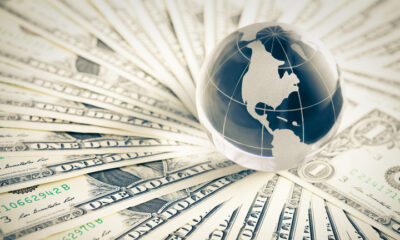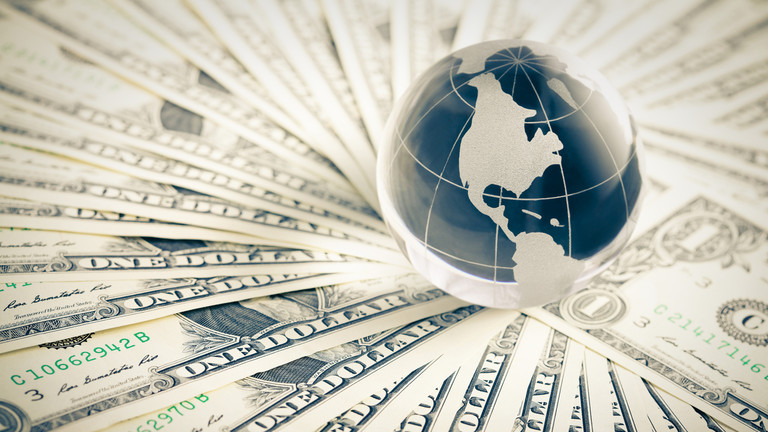If you’re watching the stock market for a signal about who the next president will be, Friday’s closing is a telling sign.
The S&P 500 index finished lower over the period of July 31 to Oct. 31. When that happens in election years, it isn’t a great sign for an incumbent presidential party to win, according to Sam Stovall, chief investment strategist at research firm CFRA.
Stovall’s “presidential predictor” has found that when the S&P 500 has risen from July 31 to Oct. 31 going back to 1944, it typically corresponds to a presidential win by an incumbent party, while a decline in that three-month span signals a loss.
Is the stock market rooting for Trump or Biden?: The answer may surprise you
Markets: Can the stock market predict whether Joe Biden will be the next president or Donald Trump wins a second term?
When the S&P 500 is up from July 31 to Oct. 31 in election years since 1936, the incumbent party has won 85% of the time, according to Jeffrey Hirsch, editor of the Stock Trader’s Almanac. But when the broad index is down during this three-month span, the party in control of the White House has changed 88% of the time, he said.
On Friday, the S&P 500 finished at 3,269.96, leaving it below its July 31 close of 3,271.12. U.S. stocks rebounded Monday, as Wall Street recovered some of its sharp sell-off from last week.
Polls show that Democratic presidential nominee Joe Biden is leading Trump nationwide, though his edge has narrowed in recent weeks in key swing states including Michigan.
“The ‘presidential predictor’ implies, but does not guarantee, a Biden victory,” Stovall said in a note.
The Real Clear Politics average of major polls shows Biden’s national lead at 6.5 percentage points as of Monday.
Some analysts argue the stock market cares more about which party controls Congress than it does about which one wins the White House. Stocks have typically thrived under legislative gridlock in Washington, and a split Congress has historically been the best scenario for investors.
That suggests that markets may prefer divided power come November because it would make it harder for lawmakers to undo policy measures already in place, experts say.
The stock market typically performs best when the incumbent party wins an election. One reason why is because the status quo is maintained, which signals to investors that the U.S. economy is holding up well enough that the incumbent isn’t voted out of office, analysts say.
Markets don’t like uncertainty. Among investor concerns are what happens not only if Biden wins, but if Democrats regain the Senate, too. A Democratic sweep could raise the risk for more regulations and potential tax increases, some experts argue. Democrats already control the House.
Conventional wisdom would suggest that a Democratic sweep would be negative for markets, especially for heavily regulated industries, but further economic pain could demand more fiscal support from Washington, according to Raymond James analysts. That could help boost economic growth.

 NEWS5 months ago
NEWS5 months ago
 NEWS5 months ago
NEWS5 months ago
 NEWS5 months ago
NEWS5 months ago
 WAR5 months ago
WAR5 months ago
 FINANCE5 months ago
FINANCE5 months ago
 INVESTMENTS5 months ago
INVESTMENTS5 months ago
 FINANCE5 months ago
FINANCE5 months ago






























